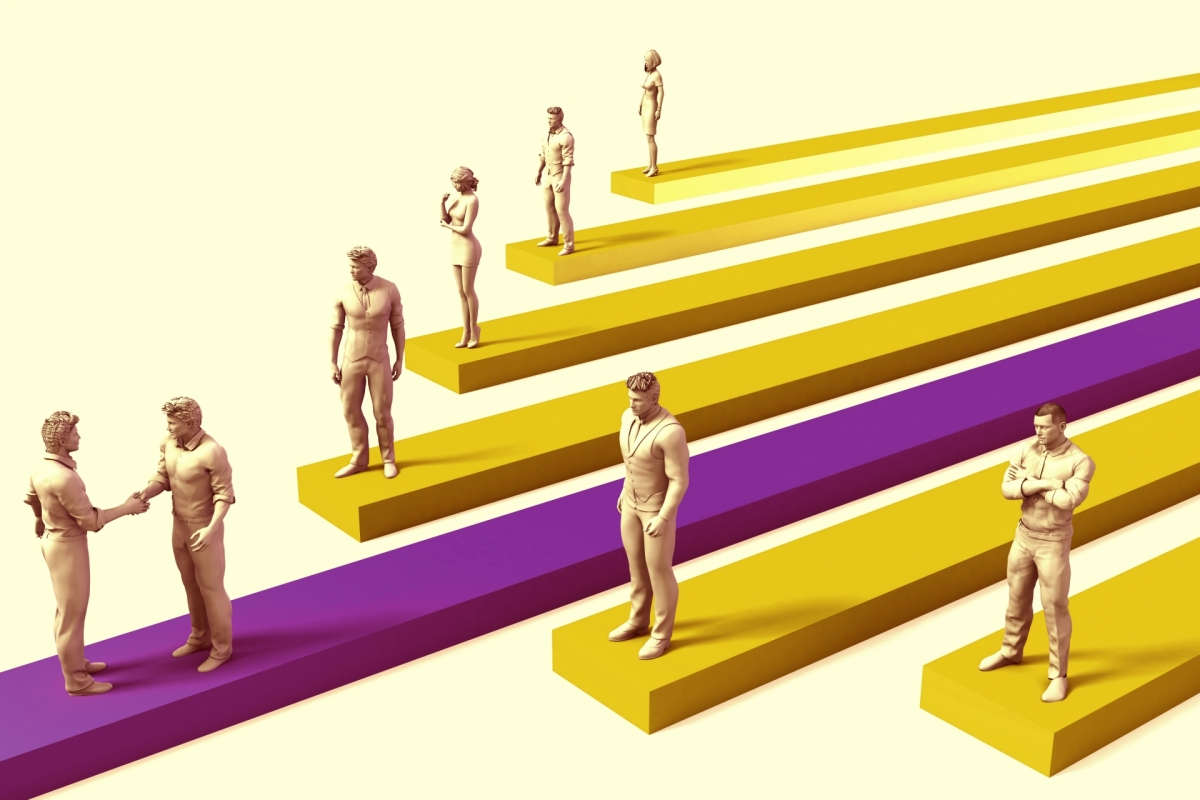
Sometimes, it’s the little things. The little gestures that show that somebody cared and that you, the customer, is not just a number. Perhaps you’ve heard the often told story of the family that stayed at a hotel and one of the children mistakenly left a favorite toy behind. The child was distraught and the father called the hotel to ask them to be on the lookout for the toy. A hotel staff member found the toy. Before returning the toy the staff took pictures of the toy enjoying an extended vacation by hanging out poolside, working out in the fitness center, eating a delicious meal, among other activities. Then the hotel returned the toy to its owner by FedEx accompanied with the toy’s photo album. Imagine that kid’s delight! This hotel made a customer for life. And created a story that people like us remember and share. The story illustrates the importance of a good customer experience.
A study by PwC found that people are activity seeking out human contact and good customer experience. How well your organization designs and delivers on experience impacts whether you can leverage customer experience as a competitive advantage.
Many experts strongly believe that customer experience is in the words of Joey Coleman, a customer experience expert, “the last great differentiator.” Why? Because price and product can be imitated. Unlike price and product which can be copied, every company can individually design its customer experience.
Customer service experts, like Ron Kaufman, believe that service is the “DNA” that permeates everything a company does and ultimately determines whether your organization becomes a provider of choice. This means that customer experience and customer service are no longer merely support functions. Service especially has become a feature in its own right.
If you want to create a competitive advantage and improve customer retention, then increase your focus on customer service. Especially the human interaction aspect.
The PwC report found that people want more human contact, not less. A survey about improving business processes, found that “the most requested process improvement was for better human service.” Therefore, as your organization explores expanding the use of technology as part of the experience and to support service, it is important that you recognize that technology should be to enable, not replace human interaction.
Distinguish your service with ease and delight
Most experts suggest that there are two primary ways to distinguish the service experience: ease and delight.
Ease is about reducing “friction.” Speed, self-service, availability and hassle-free illustrate ease. Many of us are quite familiar with Amazon Prime. Amazon promises reliably fast delivery. Ease enables customers to do things at their own pace and time which reflects the concept of self-service. Additionally, when companies enable easy returns for a purchase by mail, store or any other option that creates a no-hassle interaction.
Delight is all about exceeding expectations.As in the hotel story we mentioned. As expectations continue to rise, delivering on this aspect takes commitment and process. When an organization differentiates on personalization, going above and beyond, or being proactive, it is employing the concept of delight.
Go the extra mile with these 5 easy steps
We’d recommend starting with these five suggestions from customer service experts if you want to transform your service into a differentiator.
- Know your customers. Stay current about their needs and wants, especially in reference to what you offer.
- Be proactive. Every interaction provides an opportunity to demonstrate your expertise, and thereby build credibility and value. Solve the problem rather than passing it on.
- Own your mistakes or process gaps. No one is perfect. Admit when you missed the mark and take action on what you plan to do about it. Adapt processes as necessary.
- Follow up. Every customer interaction matters. Remember to offer ease and delight in all customer interactions.
- Use the same technology as your customers. Engage with your customers with how they prefer, not what’s easiest for you. Remember, technology does not replace human interaction. Use it to improve your productivity and customer experience.
Customers can tell whether you care. Show them you do and make your service a reason for them to choose your organization over the alternatives.
Want to learn more? Download our FREE 10 Things to Offer the Best Customer Service Standards.
